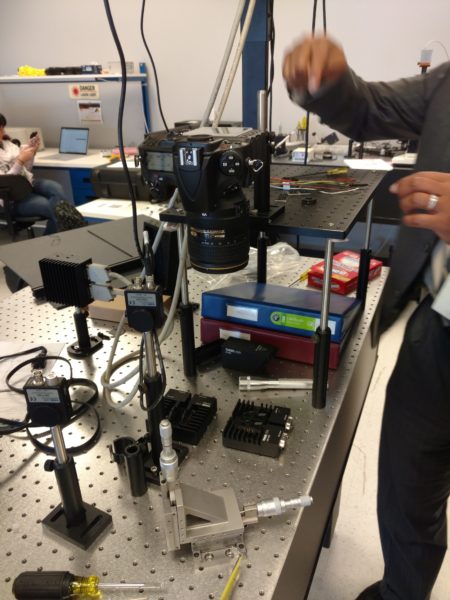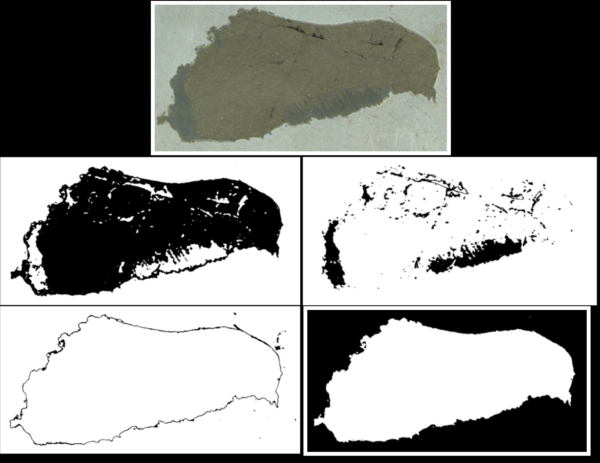Iron Meteorite Imaging System – VCU
Institutions
Virginia Commonwealth University
Arizona State University (Tempe Campus)
Class
Iron Class (2018 – 2019)
Student Team
Bazah Alhooli, Mechanical & Nuclear Engineering (VCU)
Luis Beltran, Chemical & Life Science Engineering (VCU)
Jethrine Mugumya, Chemical & Life Science Engineering (VCU)
Sean Newman, Electrical & Computer Engineering (VCU)
Chris Smith, Electrical & Computer Engineering (VCU)
Kyle Watson, Mechanical & Nuclear Engineering (VCU)
Dania Wright, Engineering Management (ASU)
Nathaniel Wygal, Chemical & Life Science Engineering (VCU)
Scientific & Technical Guidance
Dr. Laurence Garvie, Research Professor, ASU Center for Meteorite Studies
Dr. Tim McCoy, Curator-in-Charge, US National Meteorite Collection, Smithsonian National Museum of Natural History
Academic Guidance
Dr. Daniel McCarville, Professor of Practice, ASU School of Computing, Informatics, and Decision Systems Engineering
Dr. Gregory Triplett, Associate Dean for Graduate Studies, VCU Dean’s Office of Engineering
Dr. Bennet Ward, Director of Project Outreach, VCU Dean’s Office of Engineering
Project Description
The goal of this capstone project was to develop an imaging system and, eventually, a machine learning system which will analyze meteorite images to determine their bulk composition. The system needs to be able to determine the composition of a meteorite sample just as well as a meteorite expert.

Capstone student working on imaging system.

Processed meteorite images.

